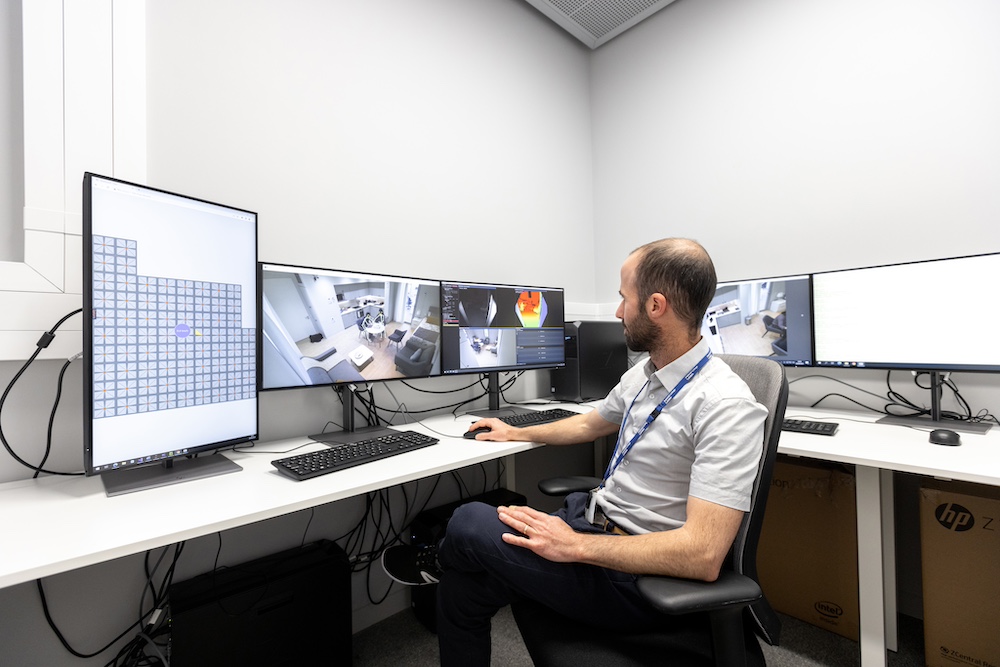Biography
With a background in biomedical engineering and experience in electrophysiology, Dr Shlomi Haar worked as an engineer in a human neuroimaging lab before pursuing a PhD studying movement encoding in the human brain at Ben-Gurion University of the Negev.
In 2017, he was awarded a prestigious Royal Society – Kohn International Fellowship, joining the Brain and Behaviour Lab at Imperial College London. There, he addressed the neurobehavioural changes during the learning process of novel real-life complex motor skills.
In 2020, Dr Haar became an Edmond and Lily Safra Research Fellow at the Department of Brain Sciences, Imperial College London, before becoming an Emerging Leader at the UK DRI Care Research and Technology Centre in 2021. In his research programme, Dr Haar investigates the neurobehavioural mechanisms of movement disorders and their treatments, specifically regarding Deep Brain Stimulation in Parkinson’s.
Haar Lab
Explore the work of the Haar Lab on developing digital biomarkers to detect and monitor motor conditions

